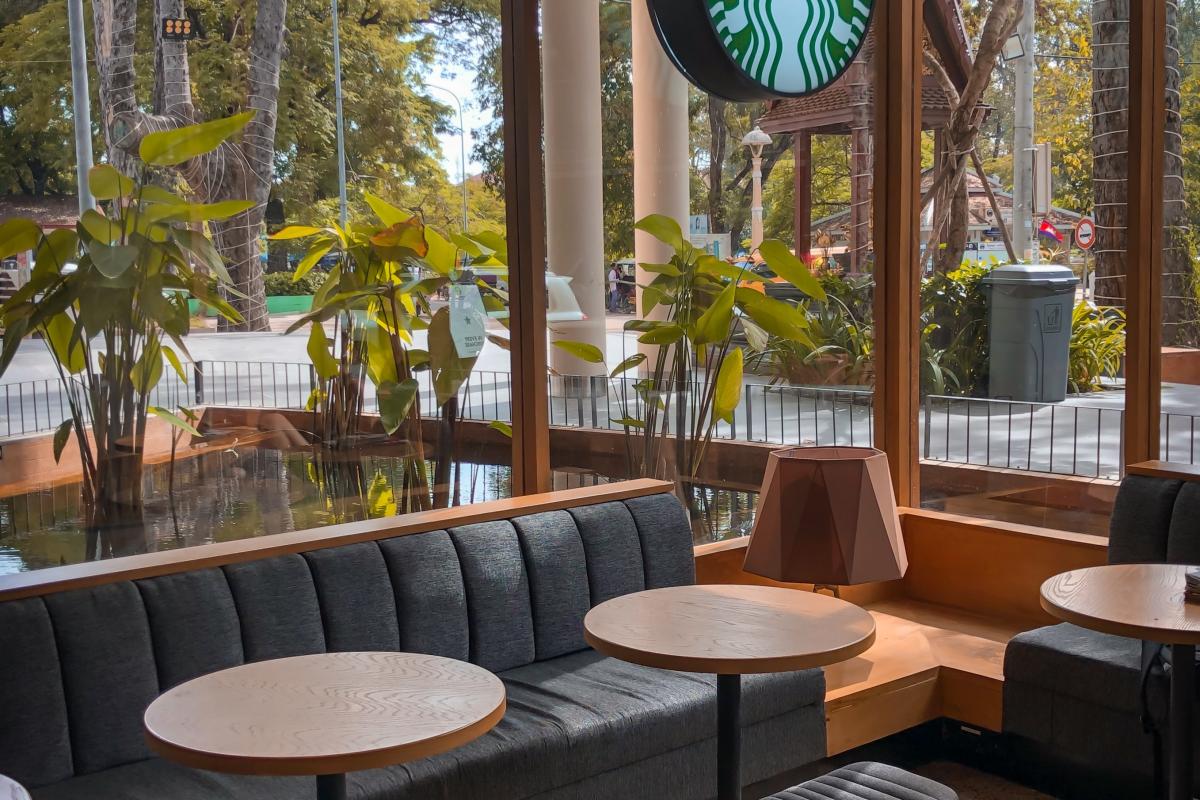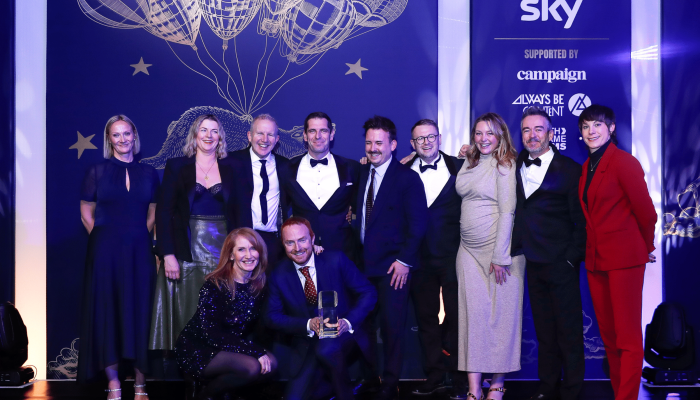In a recent (virtual) conversation with executives from Unilever, Nestlé and Kaspersky we discussed a range of challenges that brands can often overlook. My main takeaway from our conversation is that there is no ‘One Size Fits All’ approach that works in relation to in-housing.
Liz Salway, Global Audience Expert, Nestlé split these challenges into 5 key pillars: Data, Technology, Activation, Creative/Content and Expertise.
She places Data at the front of this list, as this is often the first step that any brand should prioritise, regardless of their industry “brands have come to realise that their first party data is an asset - an asset they want to understand, pull back into their analytics and insights team, and then in turn, feed back into better activation.”
In our conversation there was a stark difference between digital first, direct-to-consumer brands, such as Kaspersky and Nespresso, and bricks and mortar brands - with CMOs at FMCG brands having an extra challenge of not owning the point of sale, and having to work with partners to access that data. Leila Lazreq, Digital Strategy Lead, Homecare, Unilever, explained, “Unilever is working to continue to improve its understanding of its consumers - to grow its customer data. Measurement is crucial to what we do - where we spend brand and marketing investment, whether that is brand building or sales activation.”
As for technology, this often follows suit rapidly, as an advertiser focused on their first-party data may need third party technology in order to make that data available practically. That could be a Data Management Platform (DMP) or one of the new breed of Customer Data Platforms (CDPs). At that point, a brand might consider owning their own DMP contract, perhaps then also taking a contract directly with a Demand Side Platform (DSP) too, with the “DMP building the bridge between martech and ad tech.”
At Kaspersky, those direct contracts have been crucial in terms of delivering more transparency, control and integration. Griff says, “our direct contracts allow us to have first party relations with suppliers that, we believe, wouldn’t otherwise yield the same quality of input and transparency. We are also able to integrate trading, measurement and activation tools directly into our systems that allow for faster ways-of-working e.g. supplier payments, data analysis and activity optimisations.”
Kaspersky have gone one step further and developed their own solutions to improve their media visibility across all of their channel performances and plans. Griff continues, “We have strong data and dashboard solutions and a rigorous planning review process, run with our Channel, Planning and eCommerce teams that allow us to see results quickly and therefore to adjust our plans frequently to benefit sales.”
Activation can also be challenging for FMCG brands, as “all of the insight doesn’t necessarily translate well into activation. You need a deep understanding of digital media to be able to leverage your insights.” She goes on to explain the virtues of working closely with a media agency, “every brand needs to better brief their agency, to make sure they have the full picture not just across the comms plan, but also in terms of access to the analysis and insights which will ensure they have a 360 view of the customer and in turn improve the consumer advertising experience.”
Even for digital-first brands, such as Kaspersky, there are challenges with first party data. Griff shared that, “Our customer data and research give us a good understanding of purchase intent, cost vs value, product benefits and reasons for renewal/switching. These mostly benefit the customer retention team that use owned channels to encourage customers to stay with us. We take the learnings from this part of the business to apply to Digital Media, where we focus mostly on new customer acquisition.”
For Unilever, another area of focus beyond data was adopting more lean and agile processes and making sure that creative messaging matched up to the targeting techniques available. Leila Lazreq, Digital Strategy Lead, Homecare, Unilever, said, “Programmatic isn’t much without strong creative content.”
Echoing the sentiments of other thought-leading brands in this space, marketing is a great springboard to start digital transformation within a business. Lazreq continued, “Unilever is going through business-wide transformation establishing digital culture - moving from mass reach to data driven, 1:1 communication at scale. Shifting so rapidly to digital has triggered a need for an increased volume of creative for digital. The U-Studio onsite teams, built in tandem with Oliver, has been pivotal in helping us deliver to to these new creative expectations.”
And finally expertise is critical. No matter how much increased focus and capability there is for automation, ultimately getting the right people in place, and retaining them, is crucial for success.
Thinking more specifically about programmatic advertising experts, there can be challenges firstly of persuading traders and other specific skilled roles to move in-house. Once you overcome that challenge, there are further things to consider. Liz shares, as an example, that “it’s possible that people get stuck in one way of thinking and lose the wider experience from working across multiple clients in an agency environment. It’s definitely not suitable for all brands to go down this route.
Leila continues that brands should first consider “what part of their consumers’ customer journey they want to take control of,” and that they should make sure that this element is something they are confident they can recruit for. She advises, “Make sure you have time, resource and budget to build the capabilities around in-house.”
And at Kaspersky, who had historically always been in-housed, hiring is key to success, “making sure you have the right type of people that fit, not just an agency/publisher role but also within your industrial sector, for the benefit of retention and consistency. The nature of media agency work can often mean exposure to a variety of brands and is more stimulating than being in a dedicated team (for some, not all). Maintaining a culture and way of working that keeps things interesting and fresh is important to minimise churn.”
And so with all of these areas to think about, what are some of the biggest advantages that in-housing programmatic advertising can bring?
Speed comes out on top for Leila and the team at Unilever, “We’ve found that having U-Studio in place means that content creation is just one desk away from commercial and comms priorities. We’ve seen a brilliant uptick in speed, in business agility, as well as less waste, lower costs. This is complementary to our wider creative agency roster. We have not moved away from that agency model.”
This tighter collaboration between teams was touched on by Griff, and he explains that the team at Kaspersky have benefited from being in-house with an, “Understanding of how performance drives business results – by having systems that connect all our digital communication, closely connected teams and sales channels we can directly see how paid and owned media impacts traffic, conversion and revenue. Some of these channels, e.g. in-product messaging, trial-period renewal offers, wouldn’t ordinarily be visible to external suppliers so seeing every touchpoint allows us to comprehensively understand product related consumer behaviour.”
Strategy leads the way for Liz and Nestlé. She recommends running a gap analysis, “You should do an honest assessment of what is necessary to drive your business forward. Rather than blindly prioritising any of these five pillars, stop and think about why each is important and what it would give you, and be prepared to do things differently.”
Griff also places a high value on that strategic focus, “ Understand the fundamental reasons what and why to in-house – this is usually driven by cost but having in-house expertise means internal resource has the strongest product and brand knowledge, can react and align activities closely to business needs but may not have broader industrial knowledge of trends and disciplines that exist within a larger agency set-up and can impact digital channel performance.”
One size fits all does not apply based on Griff’s experience, emphatically so, “You only have to look at the way advertiser teams are set up within an agency to understand the variety of different ways clients can be serviced. It also depends on the reasons why an advertiser wants to bring services in-house, the proximity to each team that’s required and the cultural appetite for having dedicated expertise. When you combine that with the vast number of ways channels can be activated, operated and measured, there could be limitless ways an advertiser could set up their own in-house team.”
I went into the conversation expecting there to be a degree in variance in approaches by brand, but actually the more we talked, the more it became clear that brands really can’t take a ‘one size fits all’ approach to thinking about in-housing. Rather than being Small-Medium-Large T-shirt sizing, it’s more of a Starbucks menu*, with hundreds of possible combinations of sizes, flavours, and beans! The most important thing is to address this from a strategic perspective so that you can drive your own digital transformation in the best way for your business.
*Allegedly there are 80,000 different possible variations.



